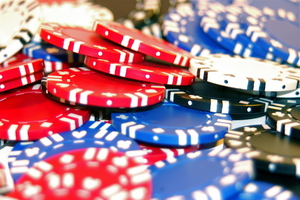Children, like adults, can feel anxious too. Anxiety for kids are even worse because often times they cannot explain the cause of their fears. Anxious children usually talk about their fears as long as they are not embarrassed, punished, or humiliated. Children whose ages are approximately 8 months through preschool years are the ones who exhibit more anxiety. About 1 out of 10 children suffer from an anxiety disorder. More often than not, the basis for these fears are purely social, environmental, and psychological. Anxious children may display anxiety when separated from parents or other persons whom they are close with. They are almost always overly tense or uptight.
There are different types of anxiety among children. A symptom of phobia is extreme fear about a thing or situation. The fear usually causes distress and disrupts the usual activities of the child. Separation anxiety is characterized by refusal to go to school, frequent stomachaches and other physical complaints. The child may also be overly clingy. When separated from parents, the child panics or has tantrums. The anxious child also has constant thoughts and intense fears about the safety of the parents and the caretakers. Moreover, the child has trouble sleeping and experiences nightmares. Social anxiety, on the other hand, can be identified among children who avoid social situations and have fears of meeting or talking to people. Also, the children usually have few friends outside the family. Other symptoms of anxiety in children include: low self esteem, constant worries, repetitive, unwanted thoughts or actions, and fear of embarrassment or making mistakes.
Most of the time, children who are anxious express their distress through anger and tantrums instead of fear. Children give power to their powers when they avoid or escape the unrealistic fears. When this happens, a child’s anxiety will grow and will definitely affect his confidence.
Medicine is not the preferred choice of treatment for children with anxiety. A child’s brain has not fully developed and the thought of giving the child medications that affect the brain is disturbing. Psychotherapy is usually used to create a structured life experience for the child. There are basically four steps to the therapy. In prolonged exposure, the child is encouraged to confront his fear of situations and objects gradually over time. In modeling, the child observes another person interact effectively with the feared situation or object. In contingency management, rewards are used to persuade the child to interact and face his fears. The child is taught adaptive ways to appraise an upcoming situation in the self-management approach. Relaxation techniques are also taught in this approach.
If not treated, severe anxiety could lead to future difficulties, such as failure to reach social and academic potential, loss of friendship, and feelings of low self-esteem. If severe anxiety starts to interfere with the child’s activities, the parents need to seek out a qualified mental health professional or a child and adolescent psychiatrist to evaluate the child’s mental state. The family’s involvement in the treatment is very crucial for its success.




